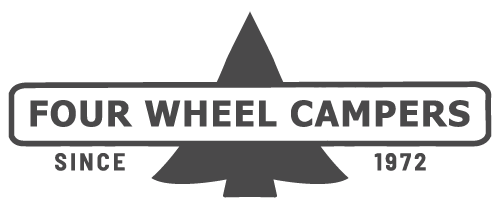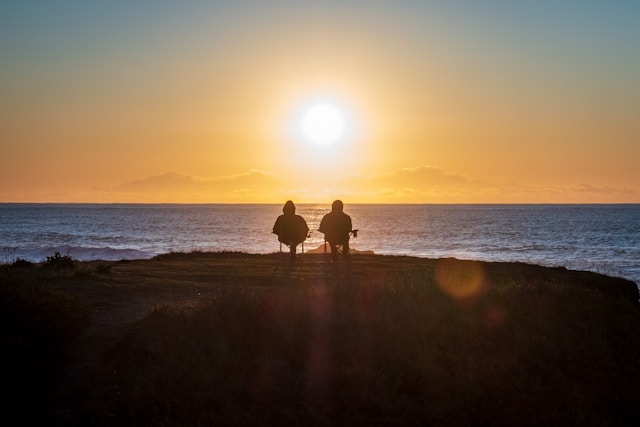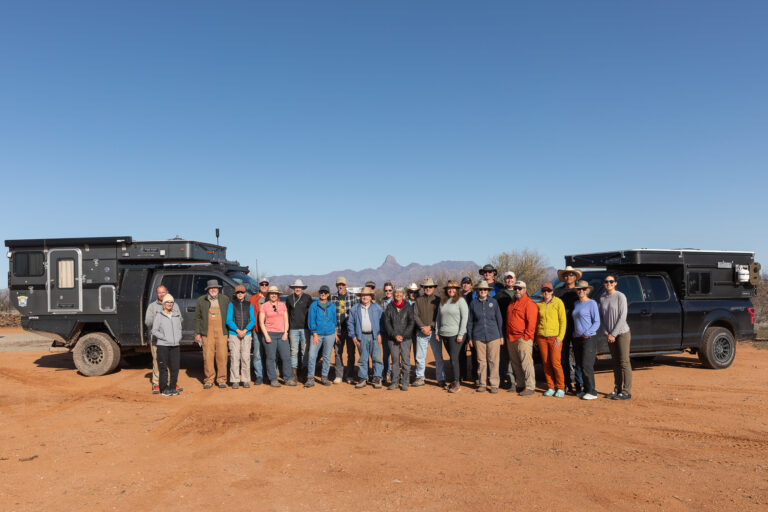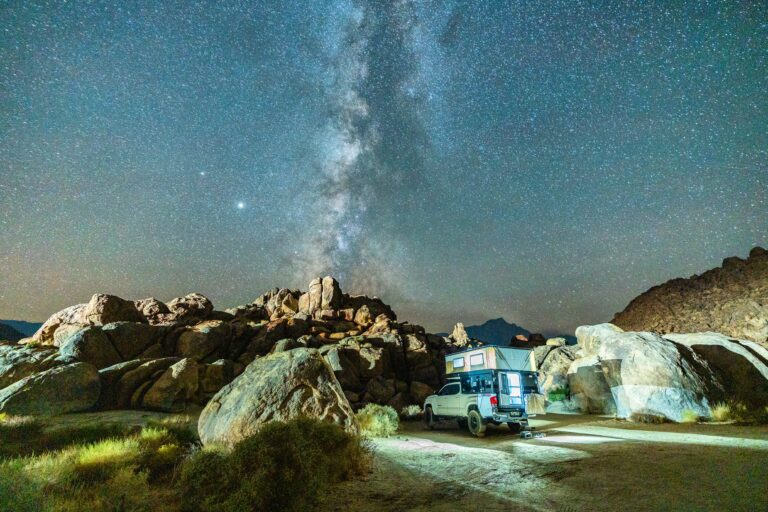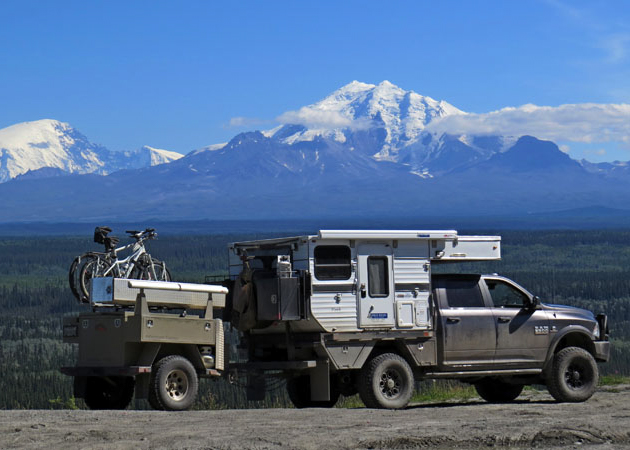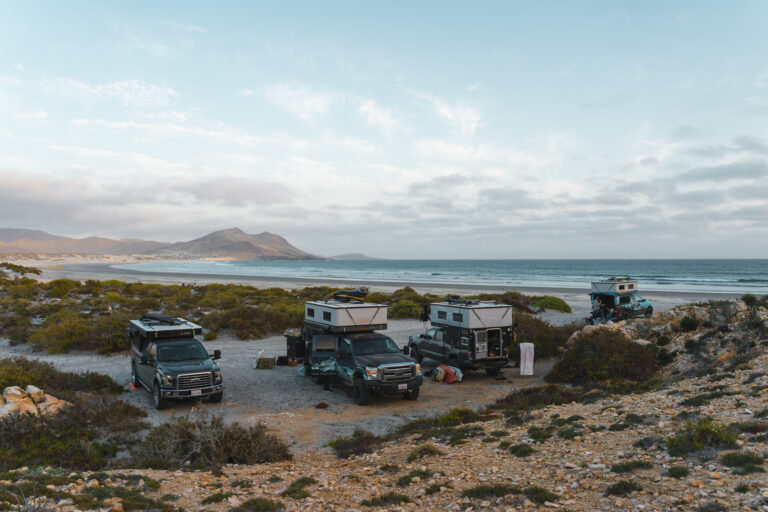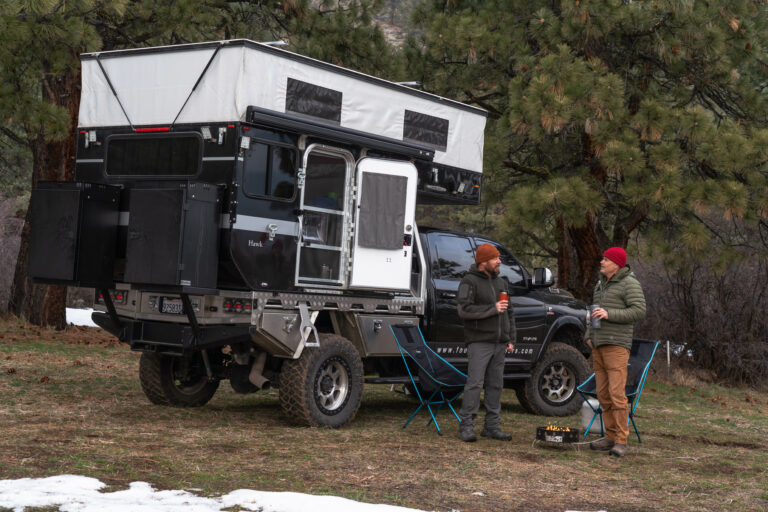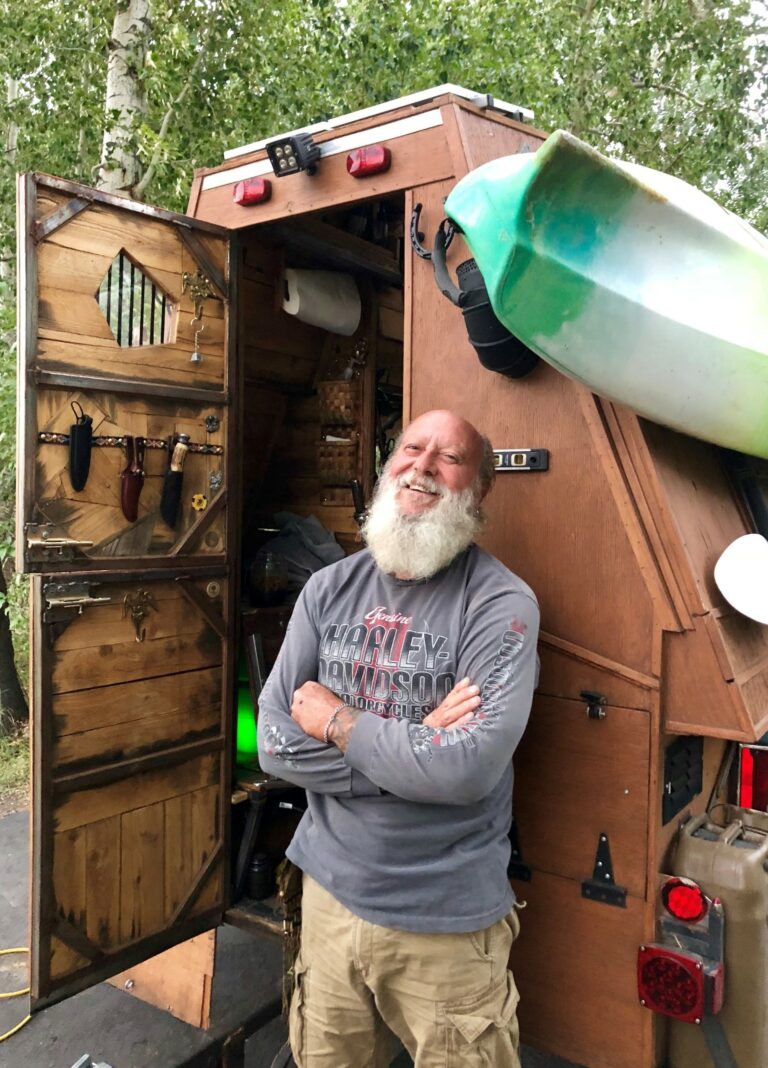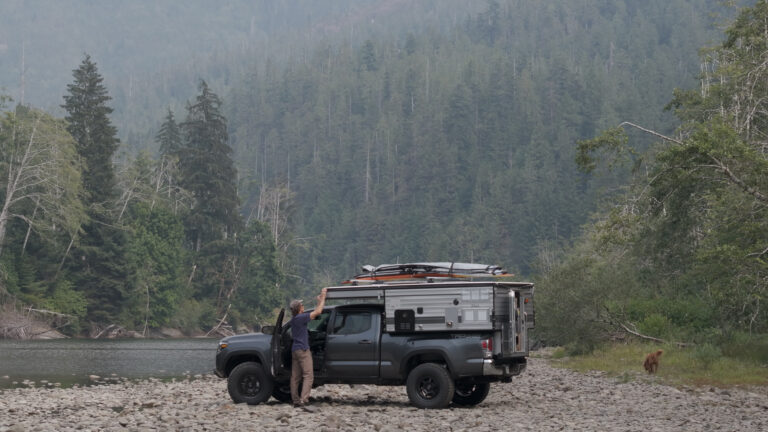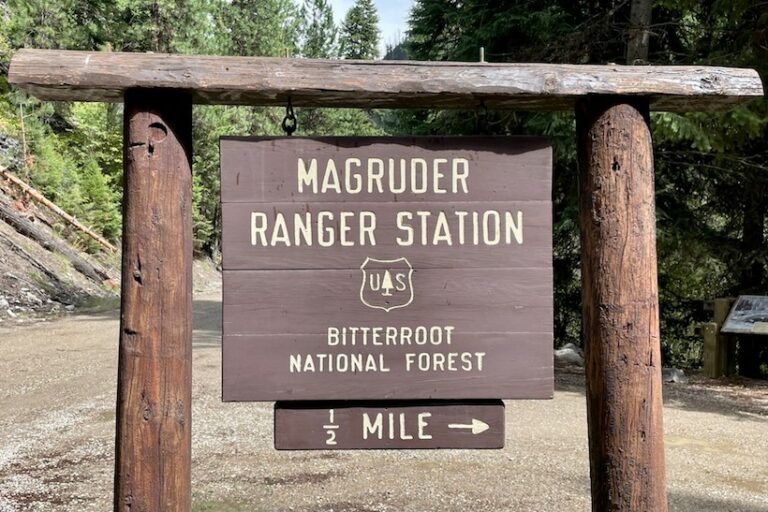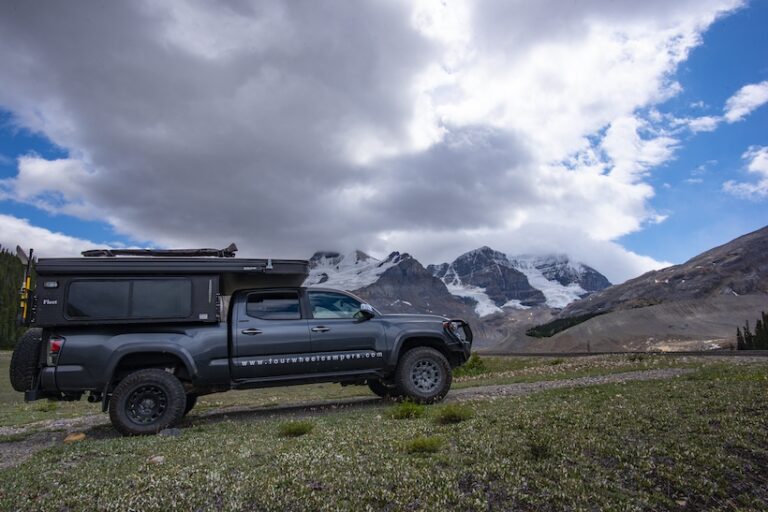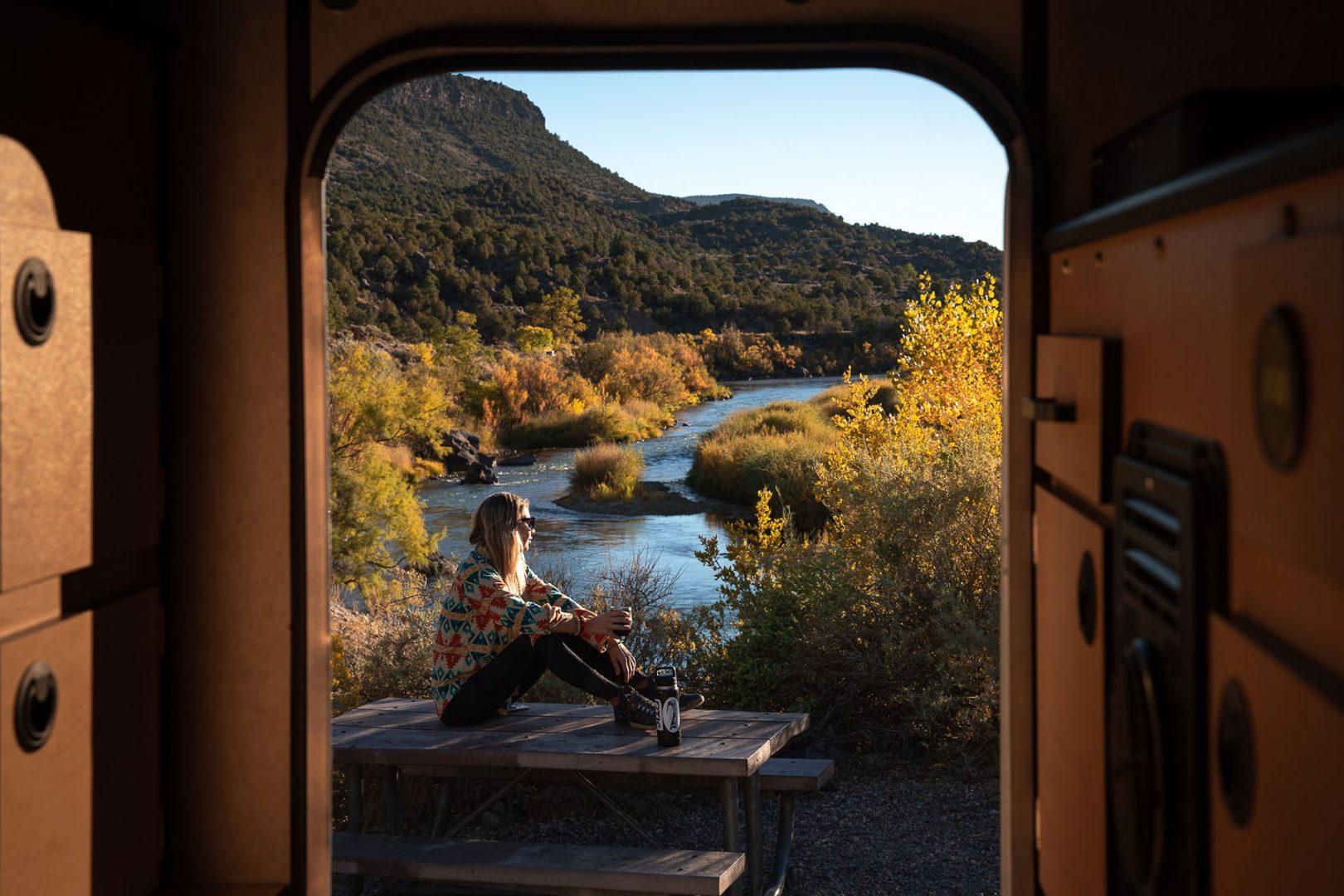
7 Tips for Camping in a National Forest

Camping in a National Forest is free for up to 14 days in most locations around the United States. It’s an excellent option for those looking to get out and explore beyond the pavement, but one should follow some unique rules and tips before heading out.
1. NEVER Leave Anything Behind
Camping in a National Forest means no facilities, such as restrooms, trash cans, or water. Before you go, make sure you are ready to follow leave no trace principles. There are seven definitive principles to follow to ensure the forest is left for future generations to enjoy:
- Camp on durable surfaces
- Plan and prepare ahead
- Dispose of waste properly
- Leave what you find behind
- Minimize campfire impacts
- Respect wildlife
- Be considerate of others
You can learn more about these seven principles on the National Park Website.
2. Download Offline Maps
Many times, camping in National Forests also means camping out of service. The roads can be confusing, making it difficult to navigate. Google Maps allows users to download maps for offline use. This means that even without service, you can set navigation and view roads.
To download offline maps with Google Maps, follow these steps:
- Open your Google Maps app and type the National Forest name into the search bar.
- Select the three dots in the top right corner of the location page.
- Select ‘download offline map’
- Zoom in or out to download the desired region.
- Hit ‘download’
Note: The large the area you select, the longer it will take to download.
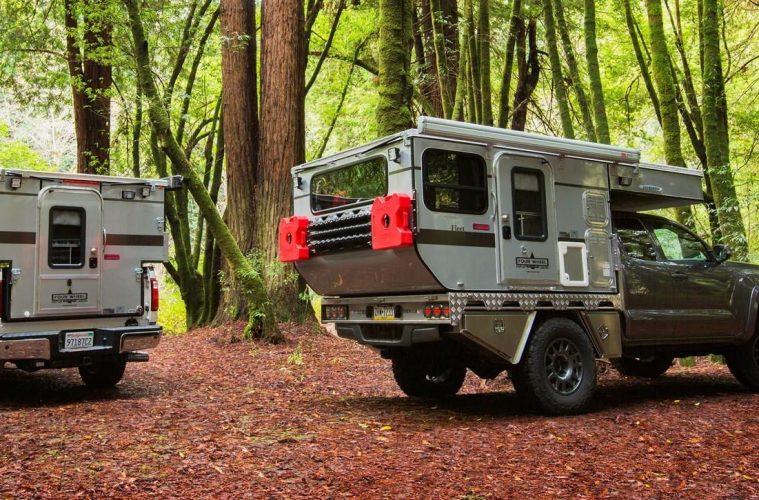
3. Look up National Forest Regulations
Most National Forests follow similar rules when it comes to free camping and stay limits, however, not all. For example, Talladega, Conecuh, and Bankhead National Forests don’t allow free camping. Before heading out on a trip, look up the national forest government website to understand rules and regulations. National Forests are open to camping unless otherwise stated on their individual website.
4. Research Designated Camping Areas
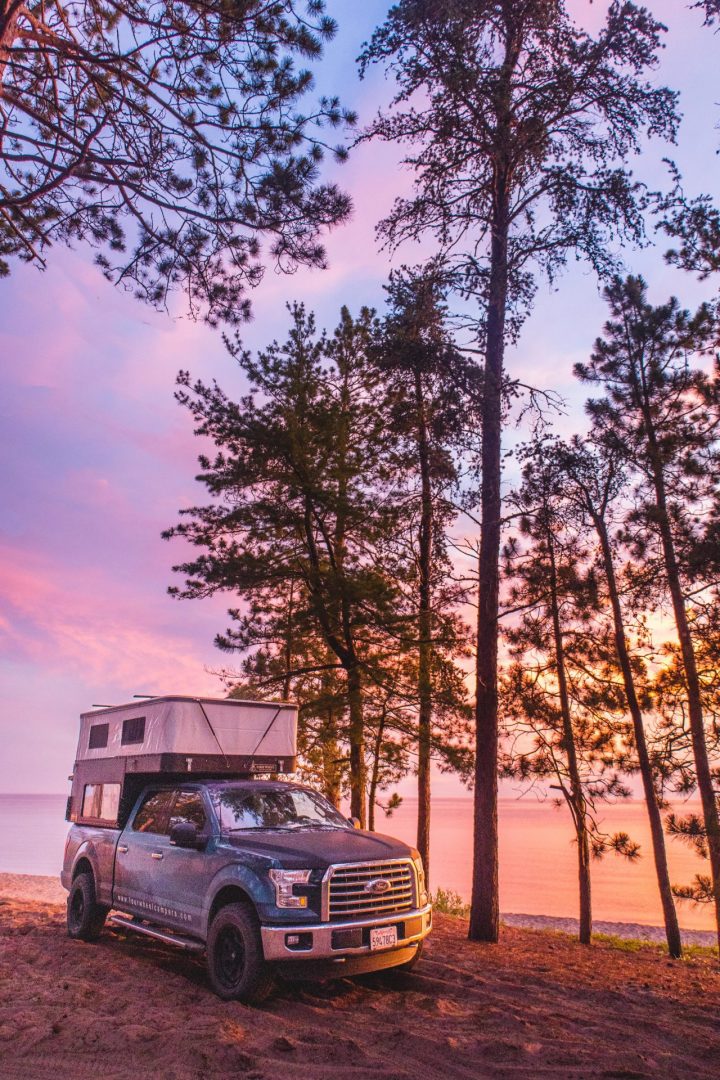
Many times, apps such as Sekr or iOverlander have pins and information on popular camping areas in National Forests. They can provide helpful insight, which includes details on how many camping spaces there are, road conditions, tips on how to get there, and cell service information. Read our entire list of best websites and app for camping here.
It’s always best to camp in an area used for free camping previously instead of creating a more significant impact by creating a new space. Many of the designated areas will also have fire pits; if you’re lucky, the previous campers may have left some extra firewood behind.
5. Pack Enough Water
Dispersed camping in National Forests comes with no amenities. That means you must pack enough water for the entirety of your trip. Packing a backup water filter is also recommended for emergencies or if you will be staying near a water source.
6. Preplan a Bathroom Solution
No amenities also mean no bathrooms. Before you head out to camp in a National Forest, have a plan for what you will do when it comes to bathroom needs. A few common options include packing in a portable toilet, using wag bags, or digging a hole.
Additionally, remember to plan the best option for toilet paper waste, as it cannot be left behind when using leave no trace principles. There are many solutions to this and as long as you do not leave any toilet paper behind, do what works best fo you.
7. Bring a Shovel & Axe
Two very helpful accessories to bring along on your National Forest camping trip is a shovel and axe. A shovel can help with numerous activities, such as burying a campfire and digging waste holes.
Dispersed camping also means harvesting your own firewood, which can be made much easier with an axe. However, part of leave no trace means to never cut down any living tree. Only source wood from previously fallen timber.
Related News
-
Reasons You’ll Regret an RV in Retirement
Congratulations, retiree! Stepping into retirement is a big deal – the world is at your fingertips! You want to ...
Read More -
Four Wheel Campers Hosts Third Annual Volunteer Event in Southern Arizona
In March 2024, Four Wheel Campers returned to the Sonoran Desert for our third annual volunteer event with Friends of Buenos ...
Read More -
Best Places to Stargaze in the United States
The moment your pop up truck camper is set up, the fire is lit, and the stars arrive, is one of the best feelings, especially ...
Read More -
The Perfect Campsite Challenge
Read the Full Article
Read More -
Lightweight Pop-Up Truck Campers: Hub-and-Spoke RVing with Boundless Adventures
Read the Full Article
Read More -
8 Breweries You Can Camp At With Your Four Wheel Camper
There’s nothing like a cold brew after a long day of travel. Better yet, there is nothing better than a cold hard brew at a ...
Read More -
Veteran and his Artistic, Off-Grid Lifestyle
We know our customers are special. Four Wheel Camper customers not only appreciate quality, efficiency, and great ...
Read More -
FWC Customer Pens Emotional Tribute
We know our customers are special. Four Wheel Camper customers not only appreciate quality, efficiency, and great ...
Read More -
7 Tips for Living on The Road Full Time From Industry Experts
Sometimes it’s the little details that get overlooked when prepping to live on the road full-time in your truck camper rig or ...
Read More -
Ski Resorts Where You Can Winter Camp in the Parking Lot
Embarking on a winter camping adventure offers unparalleled satisfaction, especially when you wake up snug and on-site in ...
Read More -
A Magruder Corridor Trail Adventure
Read the Full Article
Read More -
Get North – Overlanding In The Canadian Rockies
Read the Full Article
Read More
